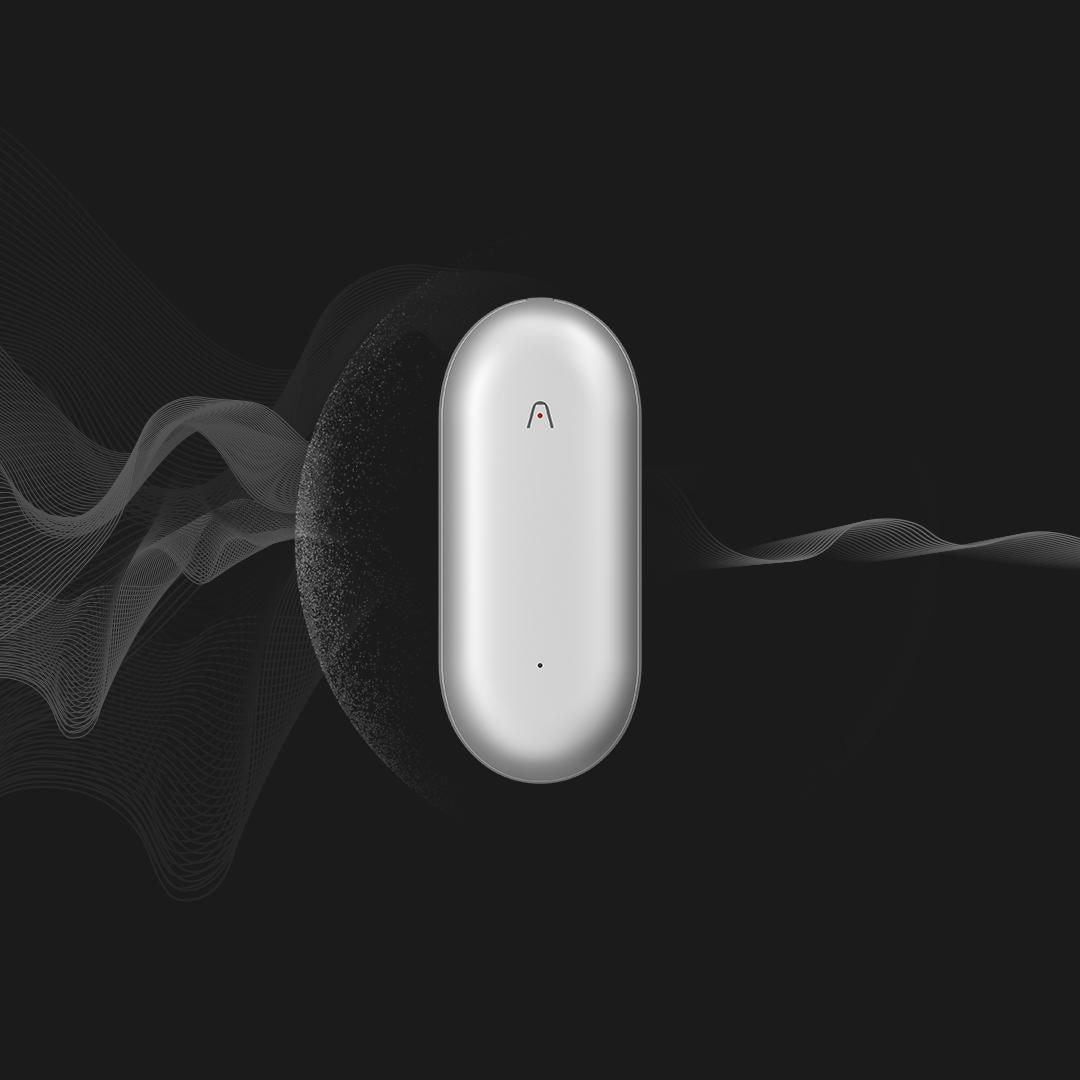Unlock the Secrets of Note-Taking: Discover the Ultimate Tools to Boost Your Productivity!
Effective note-taking is an essential skill that transcends various settings, whether in education, the workplace, or personal organization. As we navigate through lectures, meetings, and daily tasks, our ability to capture and retain information can significantly impact our productivity and overall success. The right note-taking device can enhance this process, enabling us to organize our thoughts, revisit key concepts, and streamline our workflows. In a world where information is abundant, finding a device that aligns with our unique styles can transform how we engage with content, making learning and productivity more efficient than ever.

Understanding Note-Taking Devices
A note-taking device is any tool that facilitates the capture of information, thoughts, or ideas. The evolution of note-taking methods reflects the changing technologies and preferences of users. Traditional methods, such as pen and paper, have long been the standard for jotting down notes, but the rise of digital technology has transformed how we record and organize information. Today, we have access to a myriad of devices that not only mimic the traditional writing experience but also offer advanced features that enhance our note-taking practices. From simple text editors on laptops to sophisticated applications on tablets, technology has redefined what it means to take notes, making it easier to keep track of our ideas and collaborate with others.
Types of Note-Taking Devices
When it comes to note-taking devices, there are several categories to consider, each with its unique benefits:
- Traditional tools: Notebooks and pens have been the go-to for centuries. They are portable, easy to use, and allow for free-form creativity. Many individuals still prefer the tactile experience of writing by hand, which can aid memory retention.
- Digital devices: Tablets and laptops offer a wide range of applications designed specifically for note-taking. With features like cloud storage and collaboration tools, these devices enable users to organize their notes efficiently and access them from anywhere.
- Smart pens and digital paper: These innovative tools combine the best of both worlds, capturing handwritten notes and converting them into digital formats. This allows users to enjoy the tactile feel of writing while also benefiting from digital organization.
- Mobile applications: With smartphones being ubiquitous, numerous apps are available that allow users to take notes on the go. These applications often include features like voice recording, image insertion, and synchronization across devices, making them highly versatile.
Each of these categories offers different features and capabilities, catering to a variety of preferences and situations. A close friend of mine, who is a university student, swears by digital note-taking apps on her tablet, as they allow her to organize her lecture notes effectively and sync them across devices for easy access. In contrast, another friend prefers the classic pen-and-paper method, finding it more engaging and beneficial for remembering complex concepts.
Features to Look For
Choosing the right note-taking device involves evaluating several key features that enhance productivity:
- Portability: The ability to carry your note-taking device easily is crucial, especially for students and professionals who are always on the move. Lightweight and compact options are preferred.
- Ease of use: A device should be intuitive and straightforward to operate. Complicated setups can hinder the note-taking process rather than facilitate it.
- Synchronization capabilities: For those who use multiple devices, the ability to sync notes across platforms ensures that information is always accessible and up-to-date.
- Search functionality: Advanced note-taking devices often come with search features, allowing users to quickly locate specific notes or keywords, which saves time and improves efficiency.
In my experience, I’ve found that using a note-taking app with robust search functionality has been a game-changer, especially when revisiting old notes for revision or project preparation. This feature not only saves time but also helps in quickly accessing critical information.
How to Choose the Right Note-Taking Device
When selecting a note-taking device, it’s essential to consider your individual needs and preferences. Start by evaluating your personal workflow: Are you often in meetings or lectures where taking quick notes is necessary? If so, a portable tablet or smart pen might be the best fit. Consider the type of content you’ll be noting; if you frequently handle diagrams or sketches, a device that supports handwriting or drawing could be beneficial. Additionally, budget plays a critical role in the decision-making process. While some devices may have extensive features, it’s crucial to find one that aligns with your financial plans without compromising on quality.
Moreover, experimenting with different tools can lead to discovering what works best for you. For instance, trying out a mix of traditional and digital methods might help you find a balance that enhances both your note-taking style and retention abilities.
Choosing the Optimal Note-Taking Device
In summary, selecting the right note-taking device can significantly enhance your productivity and learning experience. With various options available, from traditional notebooks to advanced digital tools, it’s important to assess your needs and preferences carefully. By understanding the features that can aid in effective note-taking and experimenting with different devices, you can find the perfect match that elevates your organizational skills. Embrace the opportunity to explore these tools, and you may just unlock a new level of efficiency and retention in your daily life.










تعليقات